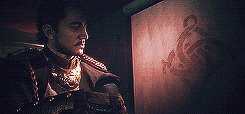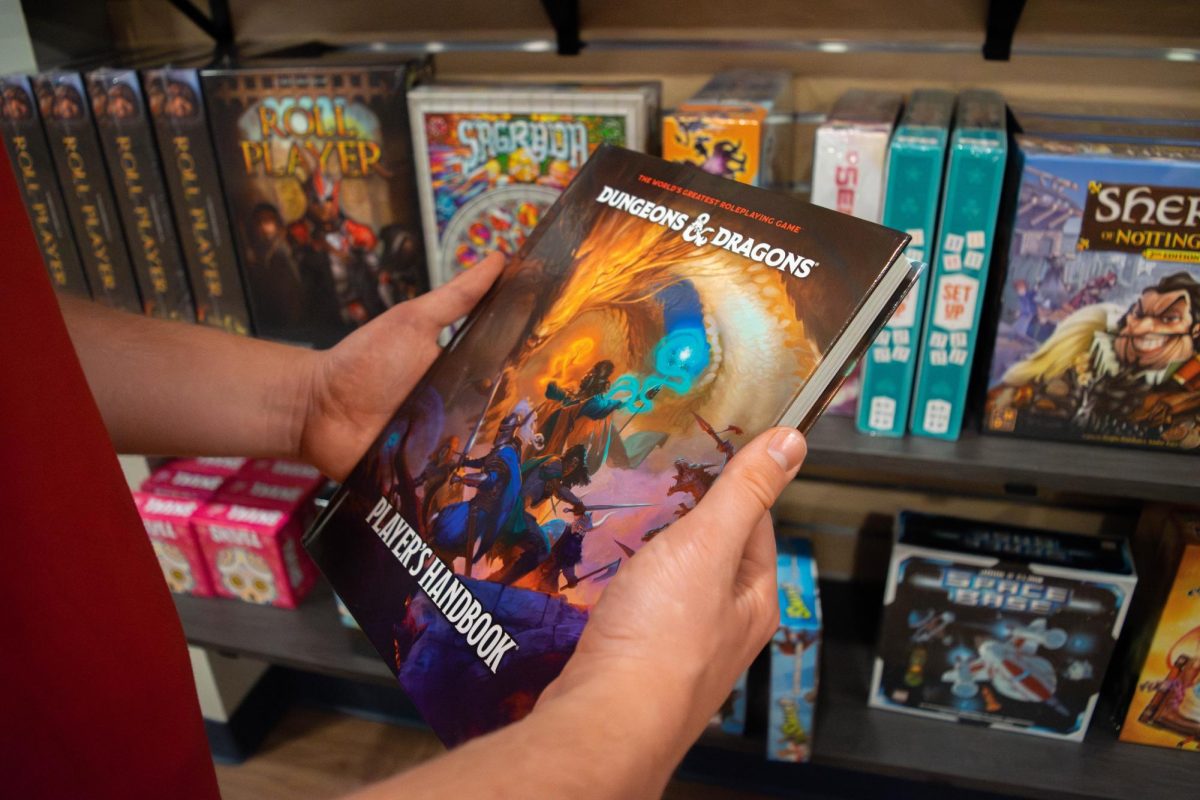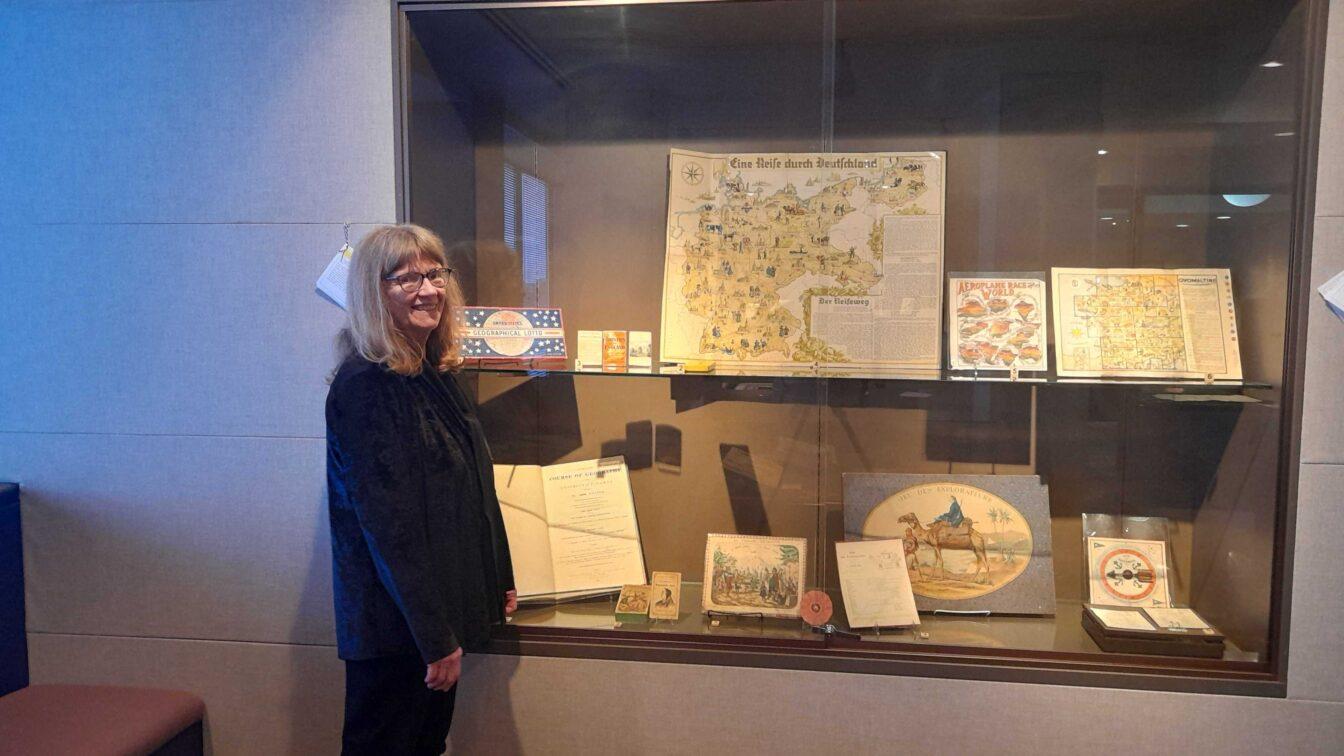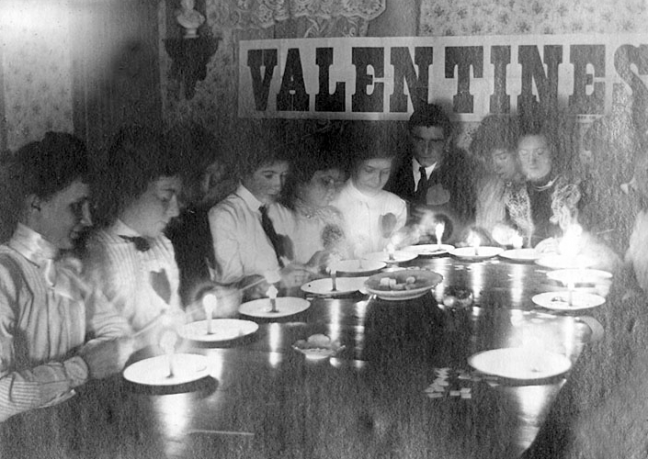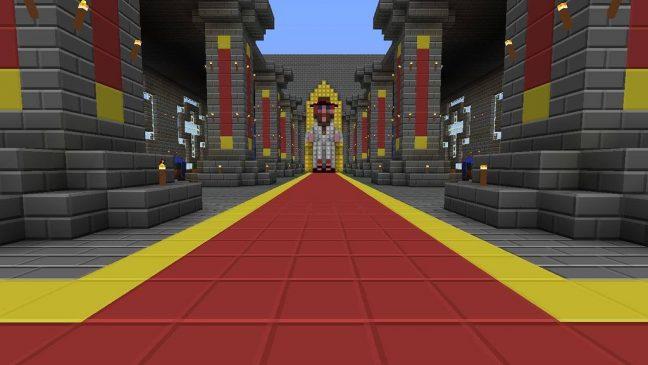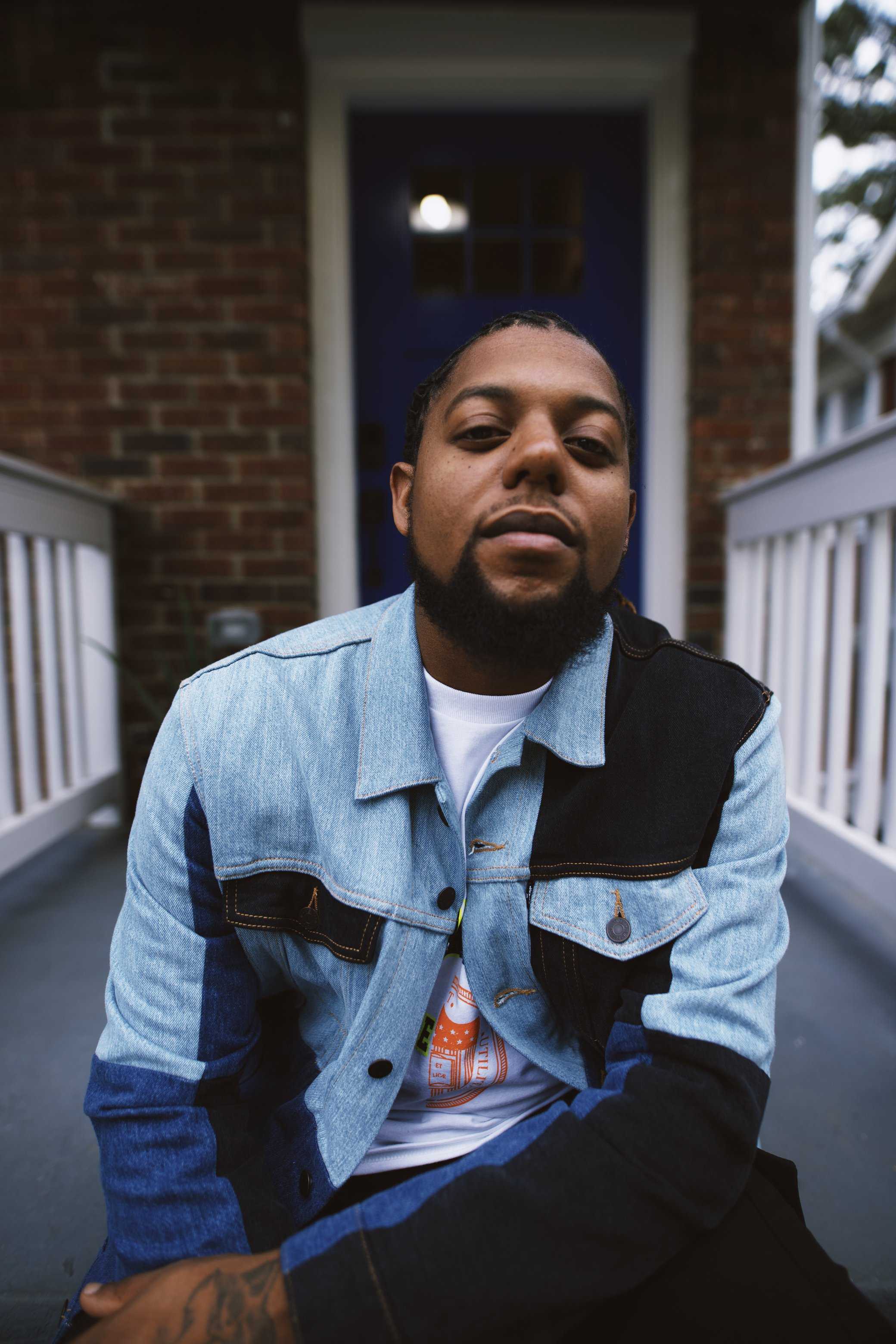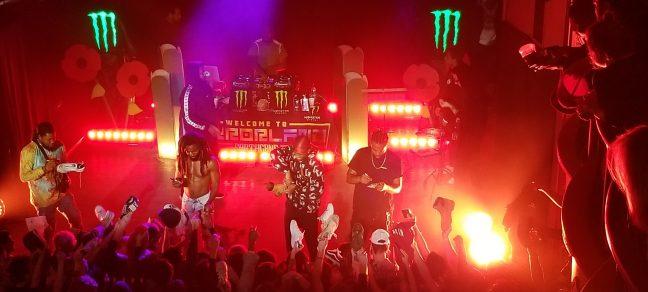“The Order: 1886” garnered high expectations from the gaming world. Its Victorian setting, brought to life with incredible graphics, seemed like it would be a breath of fresh air for the third-person shooter genre.
But while there are a lot of things “The Order” gets right in its incredibly brief six to eight hour runtime, there aren’t enough positive elements to save the game from mediocrity.
The protagonist is Sir Galahad, alternatively referred to as Grayson, a member of the Knights of the Round Table living in an alternate history and steampunk Victorian London. Said knights can live for centuries thanks to the power of Blackwater, which acts as both an elixir to slow aging and treatment for injuries.
The story sees these veteran warriors tasked with fighting rebels and lycan (werewolves), the game giving little reason other than: “They are the bad people, kill them.” While the rebellion, as well as the nature of the lycan, are – sort of – revealed, for the most part the plot is incredibly easy to predict and the story is uninteresting. Worse, it doesn’t feel complete and the conclusion leaves far too many loose ends to be satisfying.
This is unfortunate, as the characters in “The Order” are actually quite likable. The flamboyant Lafayette accompanies Galahad, his mentor and commander Sir Perceval, and Isabeau, the thankfully “non-damseled” love interest. The voice acting is solid and the faces are well animated, giving each character a life of their own. But regardless of any development or personality, the monotonous plot weighs down their charisma.
While the events that happen in London may not be particularly special, the city itself is also wonderfully realized. “The Order’s” London, with its mix of steampunk and gothic, is visually stunning. From seedy Whitechapel where Jack the Ripper conducts his grisly business, to a massive airship, to the headquarters of the United India Company, every location is rendered in beautiful detail.
Along a similar vein, each level has its own unique, masterfully rendered atmosphere and gameplay features. The lighting, rich textures and frame rate remain consistent throughout the game. In addition, the design of costumes and fantastical objects are excellent. In this way “The Order” delivers on the technical power of next-generation consoles.
But the issue with “The Order” is not the visuals, characters or even mediocre story: it’s the gameplay. It is divided into three distinct sections: third-person shooting, stealth and quick-time events (when a player performs context-based actions, like in cut scenes).
There are only two short stealth sections, which can be frustrating. The QTE’s, though pretty, offer little variation.
The most predominant gameplay, shooting, can be fun. It’s a traditional cover-based shooter, and though the controls aren’t quite as tight as games like “Gears of War,” the aiming still feels sharp. These solid controls are coupled with a variety of weapons and good encounter design, making for a basic framework that is more than adequate.
The problem is a lack of stuff to fill out the framework. Eight of the game’s 18 chapters have no combat in them at all, and even those that do are punctured with incredibly long sequences of walking. During these scenes the gamer’s character is forced to move slowly through environments while nothing happens; characters don’t talk, there is nothing going on in the background and no enemies appear.
There is nothing inherently wrong with slow sections to a game, but their frequency and boring nature in “The Order” consume too much of the short runtime. While developer Ready at Dawn should be praised for not simply throwing hordes of enemies at the player to artificially lengthen the game, their lack of gameplay imagination resulted in a game woefully lacking in content.
The combat, characters and setting of “The Order: 1886” are quite appealing. However the frustrating pacing, lack of content and boring story are not enough to salvage this technical showpiece.
Perhaps co-op or multiplayer could have added something more to this package, but instead “The Order” is little more than a promise of an interesting world.


